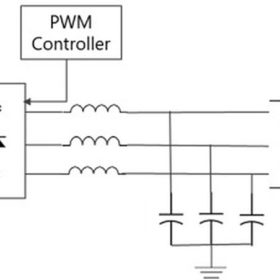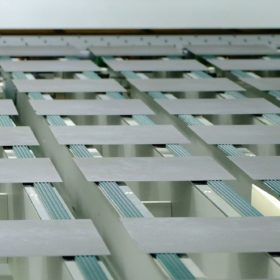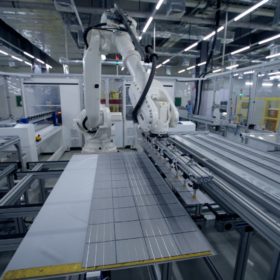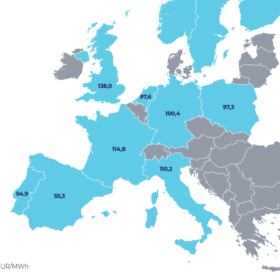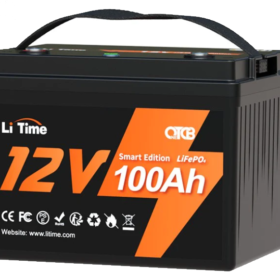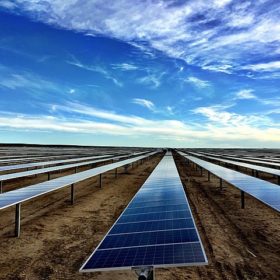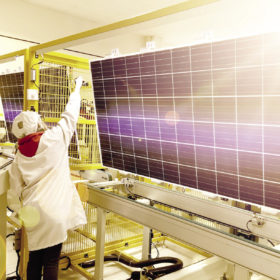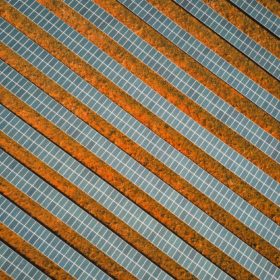Lowering grid costs with voltage support from PV inverters at night
US researchers have proposed the use of solar inverters in utility-scale solar assets to replace expensive voltage compensators, in order to provide voltage support at night. They said reactive power from PV inverters could be significantly cheaper and suggested the introduction of incentives to convince PV plant owners.
CubicPV plans 10 GW of conventional silicon wafer production
CubicPV, backed by $26 million in new funding, has announced plans to make silicon wafers in the United States, which would fill a critical gap in the US solar supply chain.
Adani moves forward with 30,000 MT polysilicon project in India
Adani has selected Engineers India Ltd. (EIL) to set up 30,000 metric tons (MT) of polysilicon production capacity and 500 MT of monosilane capacity in India.
US grid-scale, residential energy storage hit installation records in Q3
Wood Mackenzie says 96% of US grid-scale storage deployments in the third quarter occurred in Texas and California.
European PPA prices increased by 7.4% in November
European prices for power purchase agreements rose in several countries in November, with the Polish index recording an increase of 19.4%. Portugal registered an increase of 15.5%, followed by Spain at 15.7%. Germany was the only country that recorded a monthly decline, with prices falling by 0.8%.
LiTime unveils 100 Ah lithium iron phosphate battery for residential PV
Shenzhen LiTime Technology’s new lithium iron phosphate battery system has a nominal voltage of 12.8 V and a capacity of 100 Ah. It comes with a five-year warranty and can purportedly operate for more than 4,000 cycles.
Solar PPAs key for hydrogen economy
Scientists in Spain have assessed the potential of power purchase agreements in ensuring the development of green hydrogen projects powered by utility-scale photovoltaics. They presented an operational multi-state modeling of electrolyzers and showed how solar plants under PPAs could significantly increase their rate of return.
Canadian Solar enters TOPCon solar module business
Canadian Solar said it will begin mass production of 690 W TOPCon products in the first quarter of 2023. The modules will feature a cell efficiency of 25.0% and a bifaciality factor of more than 85%.
Modular solar startup secures backing of bp ventures
Australian modular solar manufacturer 5B has secured a $13.7 million (AUD 20 million) investment from the venture capital arm of British energy giant bp, which will allow it to accelerate the development of its preassembled, relocatable modular solar technology.
Tracking environmental performance improvements in solar modules
New life-cycle assessment (LCA) data for PV systems confirms that greenhouse gas emissions from 1 kWh of solar electricity are far lower than emissions from fossil-fuel power plants. The difference has been fairly constant since 2018, but has improved substantially since when IEA PVPS started reporting on this measure in 1996.
